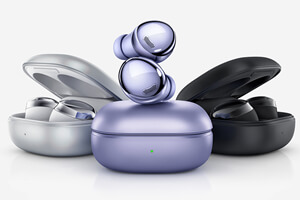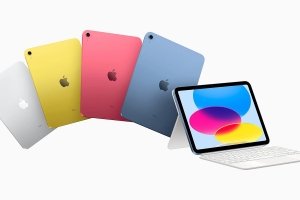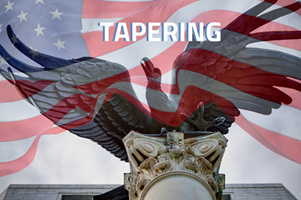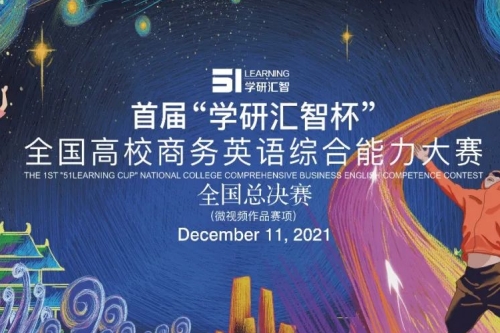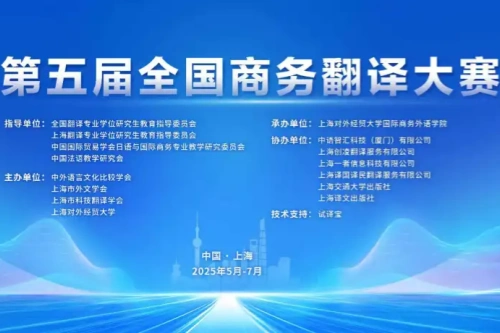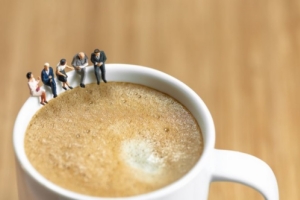Why Japanese Calligraphy Brushes Are So Expensive
Narrator: If a single hair is out of place on a high-end calligraphy brush, it must be removed. This intense attention to detail is part of why these brushes can cost over $1,000. You can find a beginner brush for less than $15, but for handmade brushes custom-designed for a master calligrapher, artisans spend months turning raw hair into a perfect brush tip. But what makes these brushes unique? And why are they so expensive?
Calligraphy is a respected art form in Japan and has been practiced for centuries. But today, there aren’t many skilled brush-makers left. Yoshiyuki Hata is a third-generation brush-maker and has been making calligraphy brushes since he was a teenager.
Yoshiyuki Hata: It took me 20 years to make this brush. I started when I was 50. Now I’m 70.
Narrator: His family’s workshop in Kawajiri focuses on what they call “no-compromise craftsmanship.” Each brush tip is handmade by a single artisan. But making these brushes isn’t easy.
Yoshiyuki Hata: A calligraphy master has a desired stroke to produce with a brush. It’s about making a brush that suits each person.
Narrator: For a master calligrapher, like Daizo Kaneko, small differences in a brush’s hardness or ink retention can drastically affect the lines it can produce.
Daizo Kaneko: When I want to express something, the fine-tuning of a 5-millimeter difference, a slight difference in hardness or softness, and the spring of a brush are different for every brush.
Narrator: The dozens of steps involved in brush-making start with selecting the hair. Different types of hair have a big impact on the price of a brush. Yoshiyuki’s specialty is one of the priciest: goat hair. This hair was collected 50 years ago from the chest of Yangtze River Delta white goats. Hair from this specific breed of goat is classified as Type III hair, based on its size, luster, and elasticity. It’s a highly sought-after hair for brush-making because it’s soft, yet durable and retains ink well.
Yoshiyuki Hata: New brush users and children use hard brushes – horse, raccoon. Your calligraphy level needs to be high to use a soft-haired brush.
Narrator: But today, this type of hair is hard to find in large quantities and can cost thousands of dollars per kilogram. Selecting high-quality hair is done entirely by eye, and it’s one of the hardest skills for a new brush-maker to learn.
Yoshiyuki Hata: Raw hair is selected based on color, shine, and durability. When you see any hair that might not last for 10 to 20 years, you take it out one by one.
Narrator: But this long process is just beginning. Once the hairs are chosen, they’re boiled and combed to remove any fluff. This process separates straight, long hairs, which are ideal for brush-making.
One of the most time-consuming steps is aligning all of these hairs. This delicate work is key to making a uniform brush, but it’s largely based on experience and instinct.
Yoshiyuki Hata: You just have to use your eyes and feel it with your hands to know it’s aligned.
Narrator: Throughout the process, brush-makers patiently remove any imperfect or damaged hairs.
Yoshiyuki Hata: People tell me that if I remove this much unnecessary hair, there won’t be any hair left. I estimate how much hair I would be removing when I design it. That’s why I can take out that much. Unless you remove that hair, when you try to write with the brush, the stroke will break up.
You won’t be able to draw a good line. I started brush-making when I was little because the workshop was my playground. I have about 200 brush-making designs in my head. It’s all about your eyes, hands, and instinct.
Narrator: At this stage, Yoshiyuki’s vision for a brush starts to take shape. After trimming, he wets the hair and combines different bundles to create a brush that is dense and durable. Then he dips the hair in funori, an adhesive liquid made from seaweed, to hold the hairs together.
Yoshiyuki Hata: The brush is made for calligraphy masters, who specify the size down to 0.1 millimeter. A brush would be no good if you got lazy with any of the processes, because then the soul would be lost.
Narrator: The finished brush tip is almost unrecognizable from the raw hair. But the precise work isn’t over yet. Once the hair dries, Yoshiyuki ties up the ends and burns each one with a hot iron, binding the hairs together. Any mistake here could ruin a month of work. Finally, it’s time to assemble the brush. Like the brush tip, each handle is custom-made.
Yoshiyuki Hata: There are craftsmen specialized in making the brush shaft. I work with a parent and a son, just like us, based in Nara. Everything is based on the calligraphy’s order. The thickness of the shaft depends on the calligrapher’s writing pressure and hand size.
Narrator: This time-consuming process, along with the materials used, means these brushes can cost 100 times more than a mass-produced brush. The price varies based on the size and type of brush. A larger brush requires more hair, which naturally increases the price. Hata Bunshindou brushes often cost around $1,300, but some brushes can cost a lot more.
Koso Hata: The highest-end brush I have made was around 2 million yen [around $18,200]. The highest-end brush my father made was around 3 million yen [around $27,300].
Narrator: Despite the high price, these brushes are essential tools for calligraphers like Daizo. He followed in the footsteps of his father and grandfather and has been practicing calligraphy for 20 years.
Daizo Kaneko: There are times when I choose a brush to fit my image, and other times when the image expands because of a brush. I choose a soft brush for softer expressions. When I want to express rigidly, I choose a shorter and harder brush. It’s fun to seek a brush that fits me.
Narrator: Some brush-makers mix natural and synthetic hair to make brushes more affordable. But Yoshiyuki remains committed to using only the highest-quality materials. Koso, Yoshiyuki’s son, will be the workshop’s fourth-generation brush-maker.
Koso Hata: My father is a craftsman by nature, so he’s not someone who teaches or can teach by speaking. I learned by looking. If the product I made is good, he would groan “yes.” Otherwise, he only says “no.”
Narrator: But like many traditional crafts, the future of brush-making is unclear. Demand for handmade brushes is in decline. Some brush-makers have started selling makeup brushes to bring in new customers. But the main concern for Yoshiyuki and his family is the lack of raw materials.
Koso Hata: I worry the most about whether a fifth generation will come and whether quality raw materials will be available then. Brush-makers and the population of the calligraphy industry are decreasing. It’s inevitable that the industry will decline. That’ll be a challenge throughout my lifetime as a crafts-maker.





